Black holes were once thought not to have pressure, but a new set of quantum calculations has found that they may have some at their edges, which was completely unexpected.


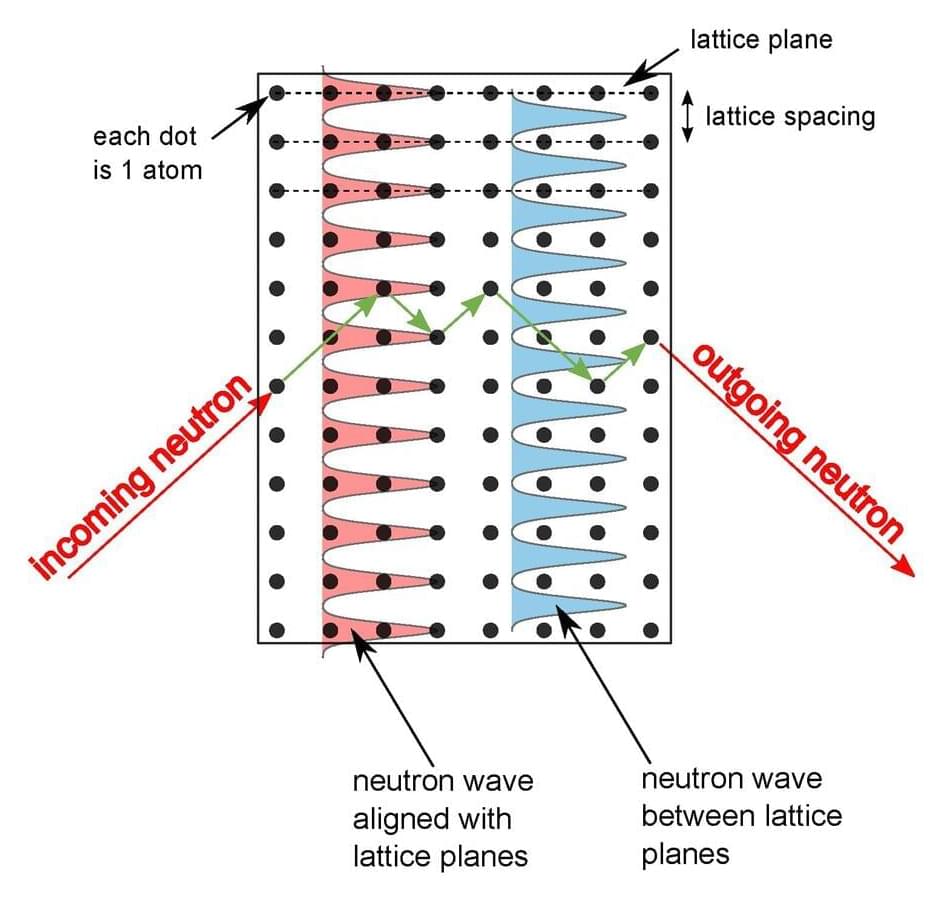
Using a groundbreaking new technique at the National Institute of Standards and Technology (NIST), an international collaboration led by NIST researchers has revealed previously unrecognized properties of technologically crucial silicon crystals and uncovered new information about an important subatomic particle and a long-theorized fifth force of nature.
By aiming subatomic particles known as neutrons at silicon crystals and monitoring the outcome with exquisite sensitivity, the NIST scientists were able to obtain three extraordinary results: the first measurement of a key neutron property in 20 years using a unique method; the highest-precision measurements of the effects of heat-related vibrations in a silicon crystal; and limits on the strength of a possible “fifth force” beyond standard physics theories.
The researchers report their findings in the journal Science.
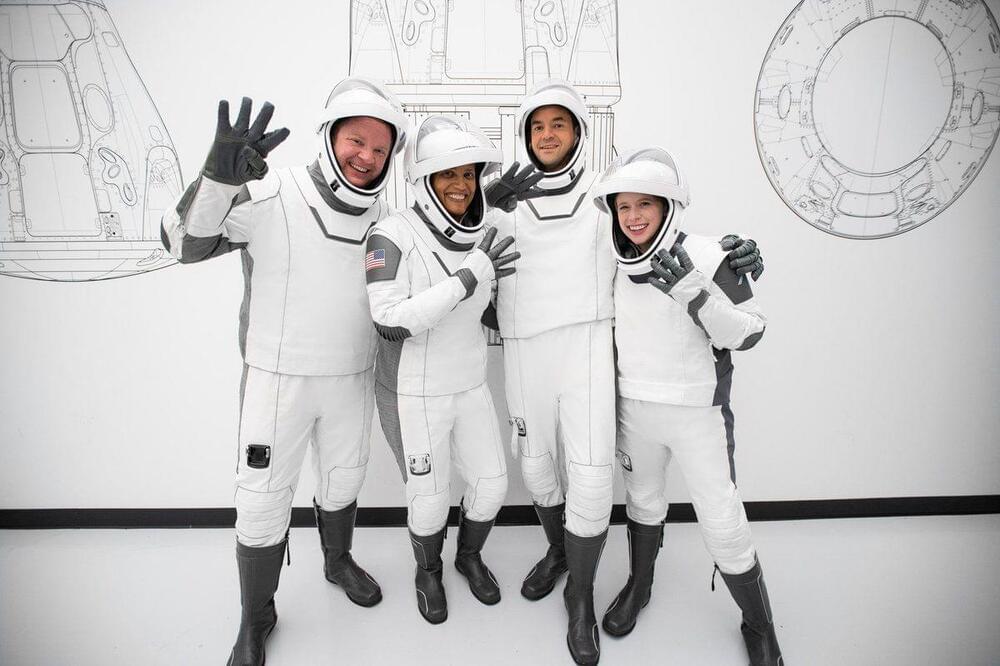

A threat actor has leaked a list of almost 500,000 Fortinet VPN login names and passwords that were allegedly scraped from exploitable devices last summer.
While the threat actor states that the exploited Fortinet vulnerability has since been patched, they claim that many VPN credentials are still valid.
This leak is a serious incident as the VPN credentials could allow threat actors to access a network to perform data exfiltration, install malware, and perform ransomware attacks.

Mastercard has agreed to acquire blockchain analytics start-up CipherTrace, in the latest sign of how major companies are warming to cryptocurrencies.
The payments giant said Thursday it entered into an agreement to buy CipherTrace for an undisclosed amount. Based in Menlo Park, California, CipherTrace develops tools that help businesses and law enforcement root out illicit digital currency transactions. The company’s competitors include New York-based Chainalysis and London start-up Elliptic.
“Digital assets have the potential to reimagine commerce, from everyday acts like paying and getting paid to transforming economies, making them more inclusive and efficient,” Ajay Bhalla, president of cyber and intelligence at Mastercard, said in a statement. “With the rapid growth of the digital asset ecosystem comes the need to ensure it is trusted and safe.”
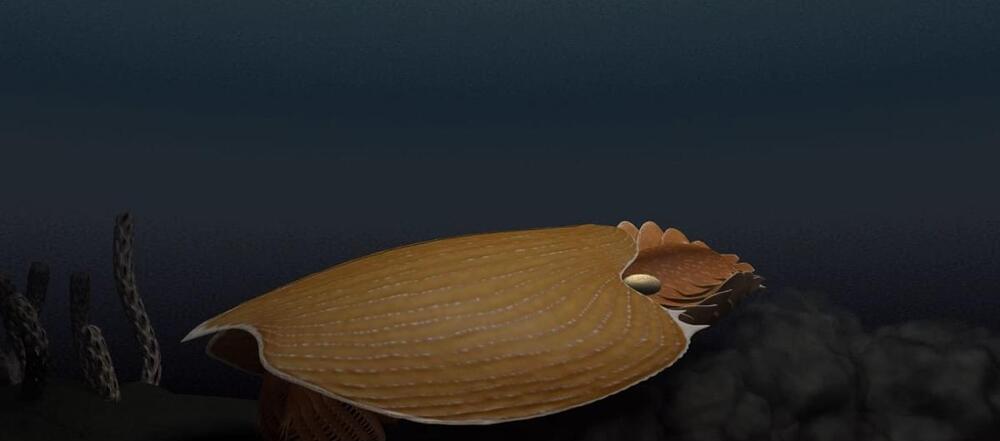
Half-billion-year-old critter belonged to an extinct group of animals.
Palaeontologists have dug up a brand new animal species from the Cambrian era, more than 500 million years ago. Remarkably, Titanokorys gainesi was about half a metre long – which is giant compared to most of the other, pinky-finger-sized species alive at the time.
“The sheer size of this animal is absolutely mind-boggling,” says Jean-Bernard Caron, from the Royal Ontario Museum (ROM) in Canada. “This is one of the biggest animals from the Cambrian period ever found.”
The Cambrian period spanned from around 541 to 485 million years ago. It was a critical time in the evolution of life on Earth because it marked a massive explosion in diversity, with most of the major groups of animals we know today emerging, from arthropods and molluscs to echinoderms and chordates (us).
Recently, the PLA has put into service a new low-altitude air defense system (SHORAD), which looks similar to the recently deployed US SHORAD Stryker defence system.
According to a video released by China State Television (CCTV), China’s new SHORAD system, consisting of a 35mm anti-aircraft ԍuɴ along with two surface-to-air missiles, is mounted on an armored vehicle chassis. steel 8×8 wheels.
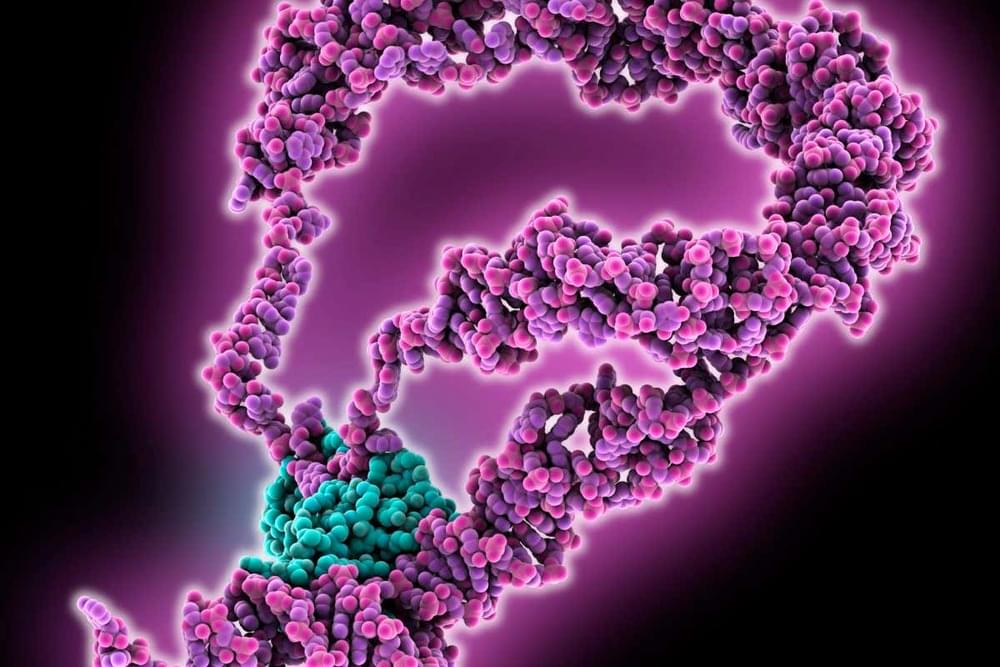
A cancer treatment that uses messenger RNA to launch an immune attack on cancer cells can completely shrink tumours in mice and is now being tested in people.
Messenger RNAs – or mRNAs – are molecules that instruct cells to make proteins. They have risen to fame with the roll out of mRNA covid-19 vaccines.
Exploring The Gut Microbiota-Brain Axis In Health, Disease, and Aging — Dr. Marina Ezcurra, Ph.D. University of Kent.
Dr. Marina Ezcurra (https://marinaezcurralab.com/) is a Lecturer in the Biology of Aging, and NeuroBiology, at the School of BioSciences, at the University of Kent, UK (https://www.kent.ac.uk/biosciences/people/2081/ezcurra-marina).
Dr. Ezcurra received her PhD from the Karolinska Institute in 2011. Her PhD research was a collaborative project between Karolinska and the Medical Research Council Laboratory of Molecular Biology at Cambridge, where she studied neural circuits and behavior using C. elegans in the lab of Dr. Bill Schafer.
During her PhD, Dr. Ezcurra identified extra-synaptic mechanisms by which nutritional status modulates nociception, involving neuro-peptidergic and dopaminergic signaling. She went on to do a postdoc working on aging with Dr. David Gems at University College London.
During her postdoc, Dr. Ezcurra developed methods to monitor the development of multiple age-related diseases in-vivo in C. elegans, leading to the discovery of a previously unknown process, Intestinal Biomass Conversion. This mechanism enables the C. elegans intestine to be broken down to produce vast amounts of yolk, resulting in poly-morbidity and mortality in aging nematodes. This work illustrates how aging and age-related diseases can be the result of run-on of wild-type gene function, rather than stochastic molecular damage.
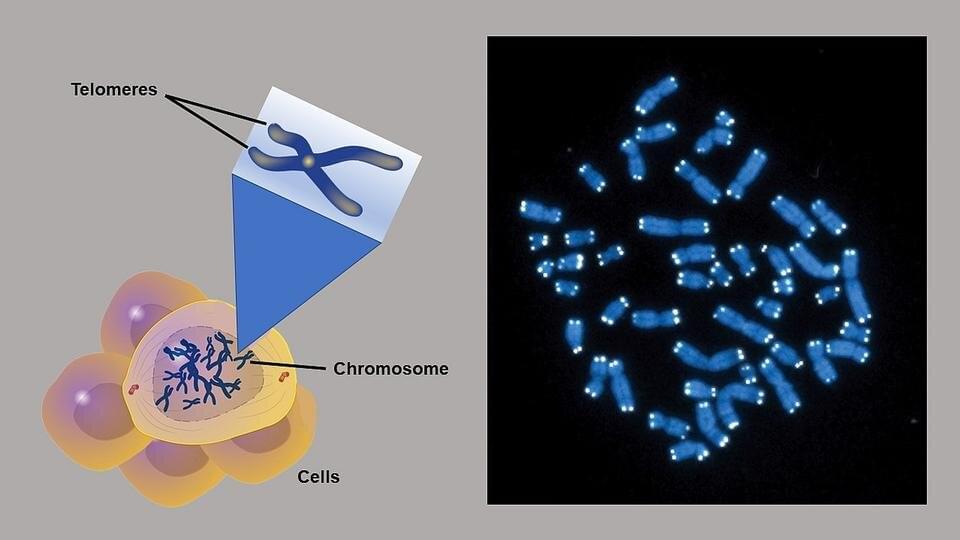
Mentions telomeres.
~~~
People with rare disorders that cause shortened telomeres—protective caps that sit at the end of chromosomes—may be more likely to have blood cancers such as leukemia or myelodyplastic syndrome. Now, Johns Hopkins Medicine scientists have discovered several “self-correcting” genetic mutations in bone marrow that may protect such patients from these cancers.
In a study published online August 3 2021, in the Journal of Clinical Investigation, the researchers also suggest these mutations can serve as biomarkers that may indicate if patients with short telomere syndromes are likely to develop blood cancers.
“These are the most common cancers we see in patients with short telomere syndromes,” says Mary Armanios, M.D., director of the Telomere Center and professor of oncology at the Sidney Kimmel Comprehensive Cancer Center at Johns Hopkins. “We know that at a certain point, the cells of patients with shortened telomeres either become cancerous or stay healthy.”